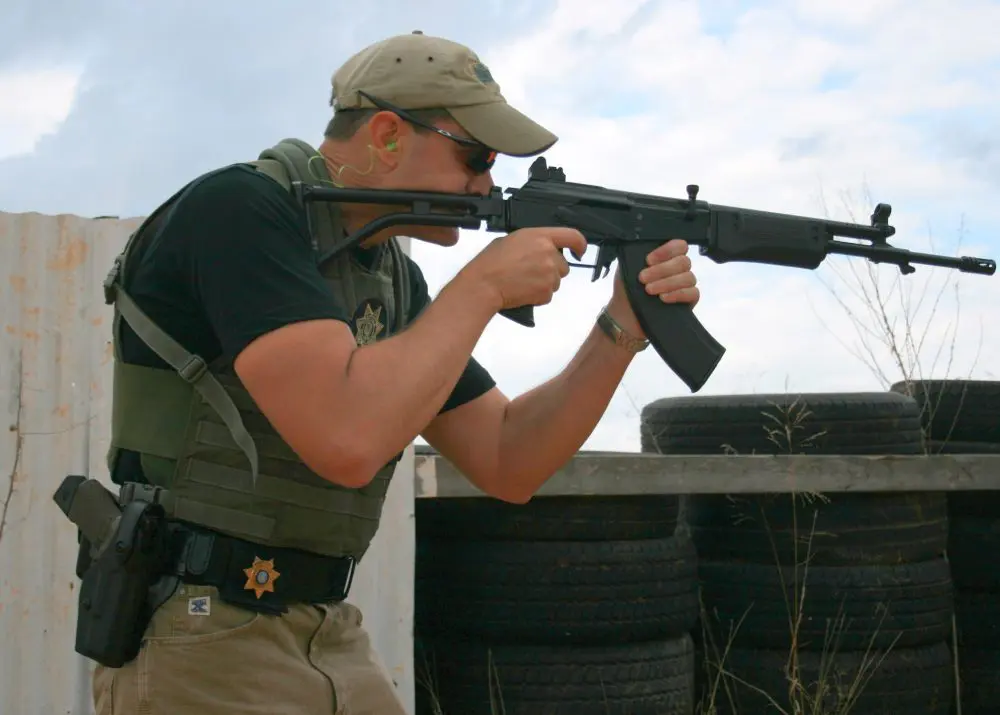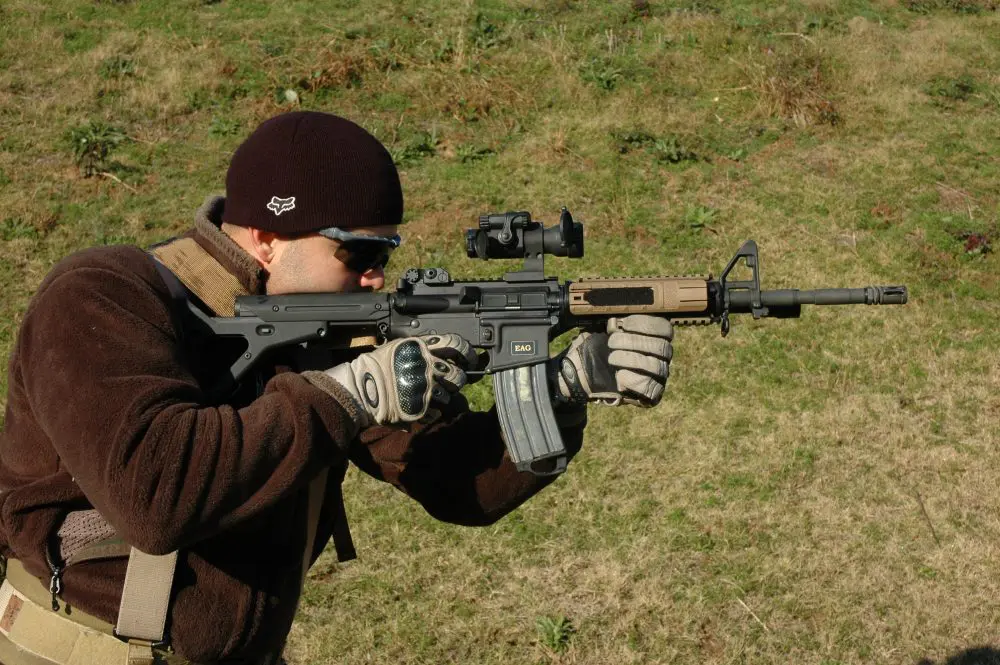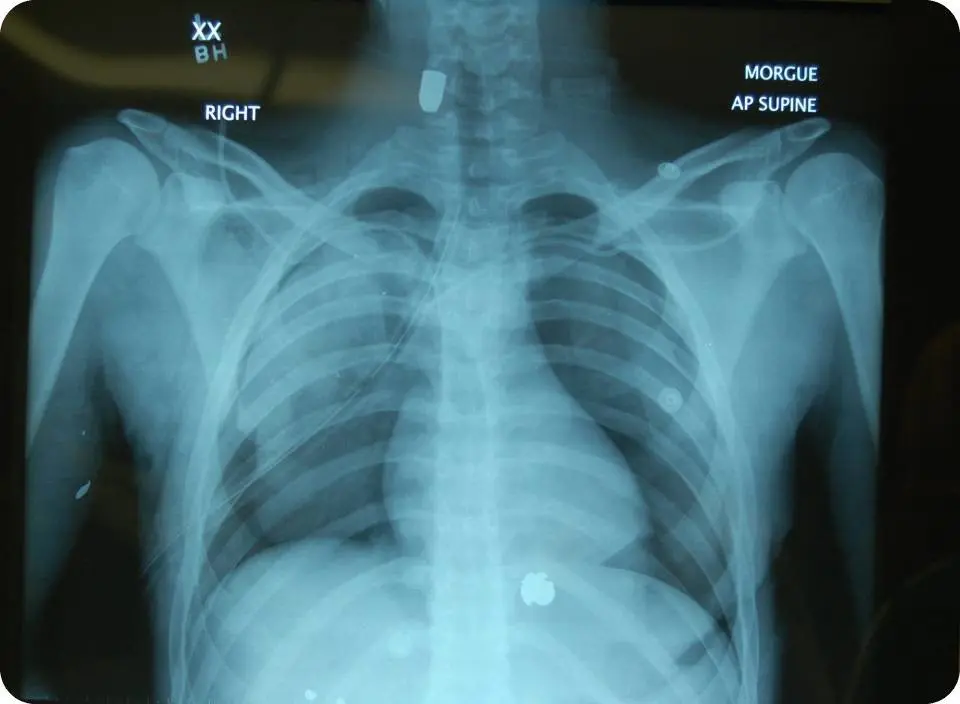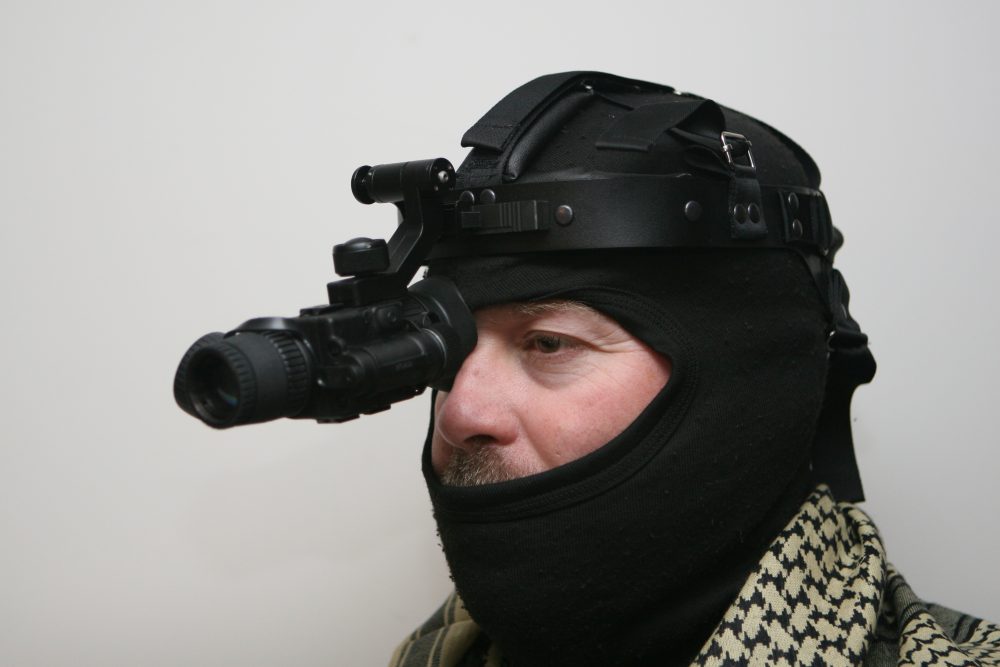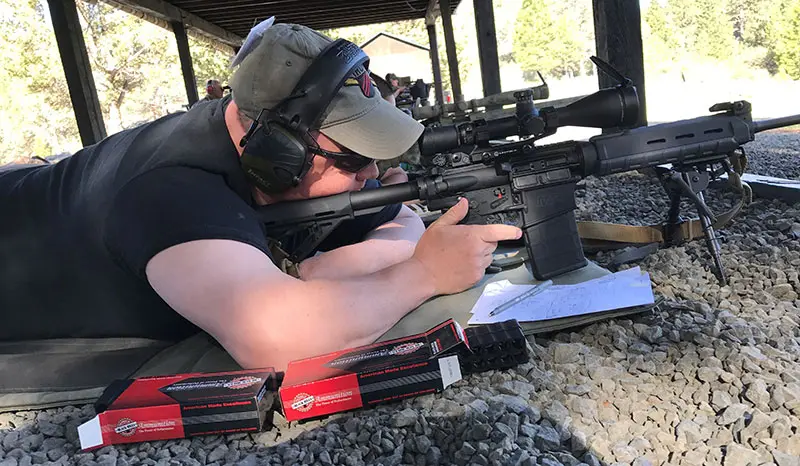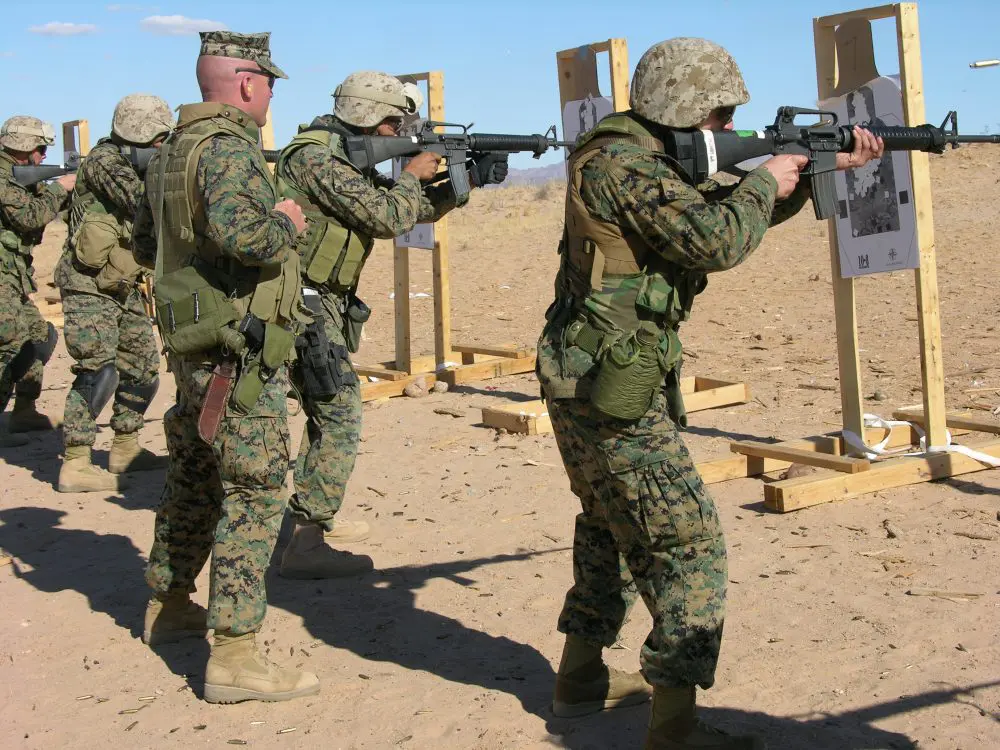There you are, steely eyed dealer of death, walking through the doors of your local Stop-N-Rob when you observe some low-life puke holding a gun on the clerk.
Uh-oh. What shall we do?
If you’re like me, your first thought would be to immediately “un-ass” the area and place a couple of ZIP codes between yourself and the robbery in progress. Sorry for the clerk and his overall life expectancy rating, but there’s no point in two of us getting killed rather than one.
I’ve often talked of the “scared bunny” defense: scurrying like a frightened little rodent in the opposite direction away from danger. It’s a great way to keep you hale and hearty, but it’s also one of those things that is easy to explain yet difficult to practice.
In the above scenario, I’m being a tad facetious about fleeing to the next state, but the point I’m trying to illustrate is the age-old tactical maxim that sometimes a controlled “rearward re-deployment” is the smartest thing you can do for everyone. Therefore, let’s have a short discussion concerning the finer points of avoidance in lieu of combat.
Plunging into the middle of situation where the odds are stacked against you isn’t the smartest thing in the world, yet it is done every day all across the country. It might be brave, but it may not be the optimal choice if you want to get maximum value from your lifetime memberships.
That’s not to say there aren’t times to assault with the subtlety of an elephant stampede. For instance, if you’re a cop or in the military, it is your sacred duty to put yourself in harm’s way to defeat the bad guys. Even if you haven’t taken such a formal oath, I believe most readers of S.W.A.T. have enough fortitude, honor, character, and backbone to likewise place themselves at risk to help others.
And if the danger is directed at you from the start, you need to respond instantly with all the kindness of a wounded grizzly bear.
However, I merely point out that if you were carefully monitoring your surroundings and embrace the idea of avoiding and extricating from high-risk situations, there might not be a need to test your stress-shooting and hand-to-hand skills in the first place.
Thus, the “avoidance paradigm” begins well before the trouble itself starts. If you have any level of situational awareness at all, you should see the signs of impending problems and take that opportunity to quickly bid adieu. Though it seems improbable, my experience with literally thousands of crime scenes has shown that people routinely ignore their senses (including the quite accurate “sixth sense”) and blindly walk into danger that even the most clueless person could have seen coming.
Standing in the way of avoidance is a varying combination of our sense of duty, the normal human aversion to changing plans, and a strong delusion that “it won’t happen to me, here, today.” Honestly, it probably won’t, but you don’t get to pick the moment when calamity does occur. On the other hand, if you aren’t present, bad karma will have to look for another victim.
How does this work in practice? Say it’s 2200 hours and you need gasoline. You pull into a gas station and a couple of shady characters are loitering outside the front doors. Yes, you are armed, highly trained and willing to engage if necessary. But rather than enjoying the sweet whisper of bullets flying past your head or the refreshing sensation of a knife in your guts, how about staying in your vehicle with the motor running until they leave, or simply going to another gas station? Either way, you will avoid a possible fight, the result of which could be that you end up injured or dead for trying to save three cents a gallon.
Even if an attack has started, any opportunity to disengage and retreat should be taken if realistically possible. What this does is give you options—something that are highly desirable during any emergency.
Using our first example of the store robbery, immediately reversing out of the front door “kill box” gives you options. You might station yourself outside, using a vehicle for cover, and wait for the bad guy to do something stupid like step out the door and try to engage your fixed defensive position.
Or you could drive off the lot and sit across the street, cell phone in hand, to provide responding police with a play-by-play of the action before they arrive. Or depending on your personal morals, you could flee the area and never look back.
Regardless of which tactic you choose, the odds of survival become far greater than if you stand toe-to-toe and draw your gun to find out whose luck and skills are better at that moment in time.
Avoidance is essentially a tactical art just like shooting, moving, and communicating. It is not something to be disdained or looked upon as cowardice. This idea is exceptionally valuable but rarely promoted during training.
That’s too bad because, while there are certainly times to hitch up your panties and wade into the fight like a lion, a smart man knows that the scared little rabbit can be a role model too.
Just don’t let anyone know your heroes are Thumper and Peter Cottontail.
Brent T. Wheat is a former SWAT officer, canine handler, detective and patrol supervisor who retired after a 30-year law enforcement career in the Midwest U.S. A prolific freelance writer and photographer, he is the publisher of WildIndiana Magazine, a new regionally-focused general outdoors magazine. He can be reached at [email protected]

